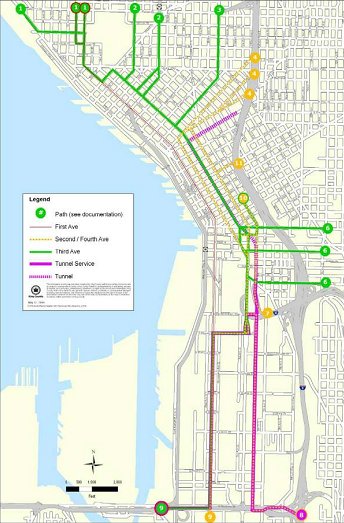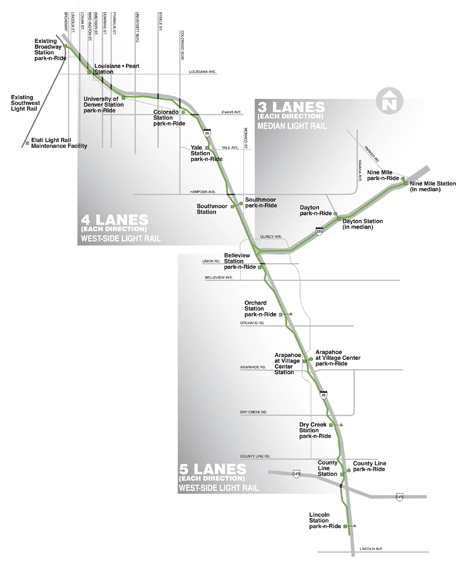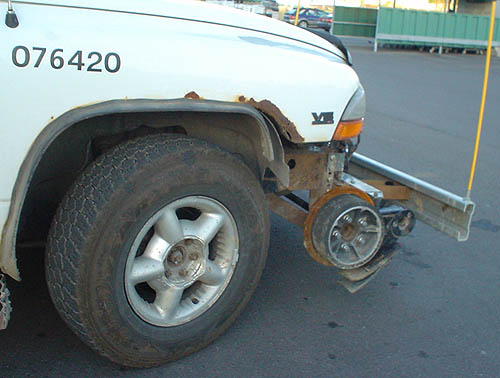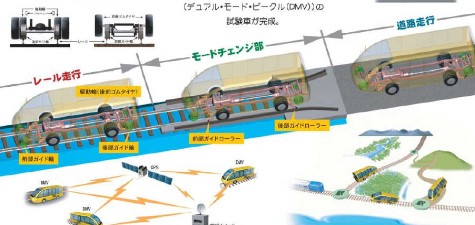What is Ed Murray thinking? While a regional transportation commission is probably a good idea, the devil is in the details. Details like setting election districts will take years. Now he wants to kill the RTID ballot and offer only a shrunken ST2 light rail package until this new commission can deliver a study?
Given the speed transportation planning moves with in Puget Sound, the eighteen month deadline the new commission is given means that the supposedly more effective, prioritized project list presented will likely be a rehash of what is already in RTID and ST2. This new agency is being pitched as a coordinator, not an inventor. RTID already reflects what the counties want: arterial and freeway widening along with some new highway miles to fill some gaps in Snohomish and Pierce, and support for megaprojects in King. Their wish lists will drive the commission’s plans, as the staff leads the politicos around shades of Yes, Minister.
Sound Transit’s planning staff will be absorbed into the new commission, and so the natural inclination of project inertia will be the same. The logic of restoring the interurban route and paralleling the region’s major freeway is hard to argue. The Eastside is becoming more supportive of light rail, as well. If the plan stood on its own at the ballot box, it would likely succeed.
So, that leaves me lukewarm on the idea. Looking south to Portland shows a rosy vision of what a truly regional approach could achieve. But according to Bill LaBorde, Sen. Ed Murray wants to kill RTID altogether and drop the eastside light rail line from ST2. The ostensible reason is to allow further planning on SR520 and I-90 light rail, both of which are to be turned over to this new commission.
I don’t think this is nearly as transit positive as advertised. Yes, there are things I would like to see in ST2 that aren’t there. That I-90 light rail should continue to Queen Anne and Ballard. Additional planning time and a dedicated advocate for additional urban light rail might manage to make something like that happen. But the focus on projects of “regional significance” in the commission’s mandate suggests it will be no more friendly to the kind of rail projects needed to address urban mobility that ST is. In fairness, getting to Northgate will substantially address this need, but with the Viaduct situation promising misery in western Seattle, more is needed.
In short, the ST/RTID marriage isn’t perfect, but the seductive mistress of regional integration is just as likely to take our wallets, steal our identity and produce nothing but paperwork.






